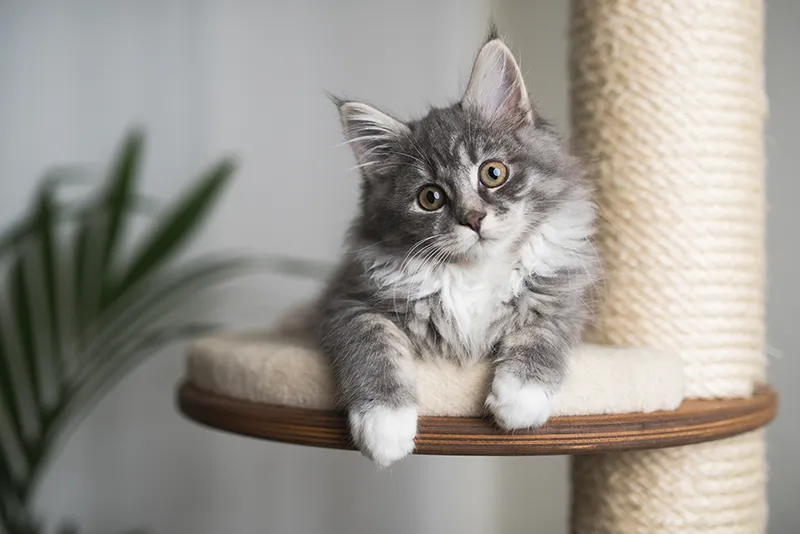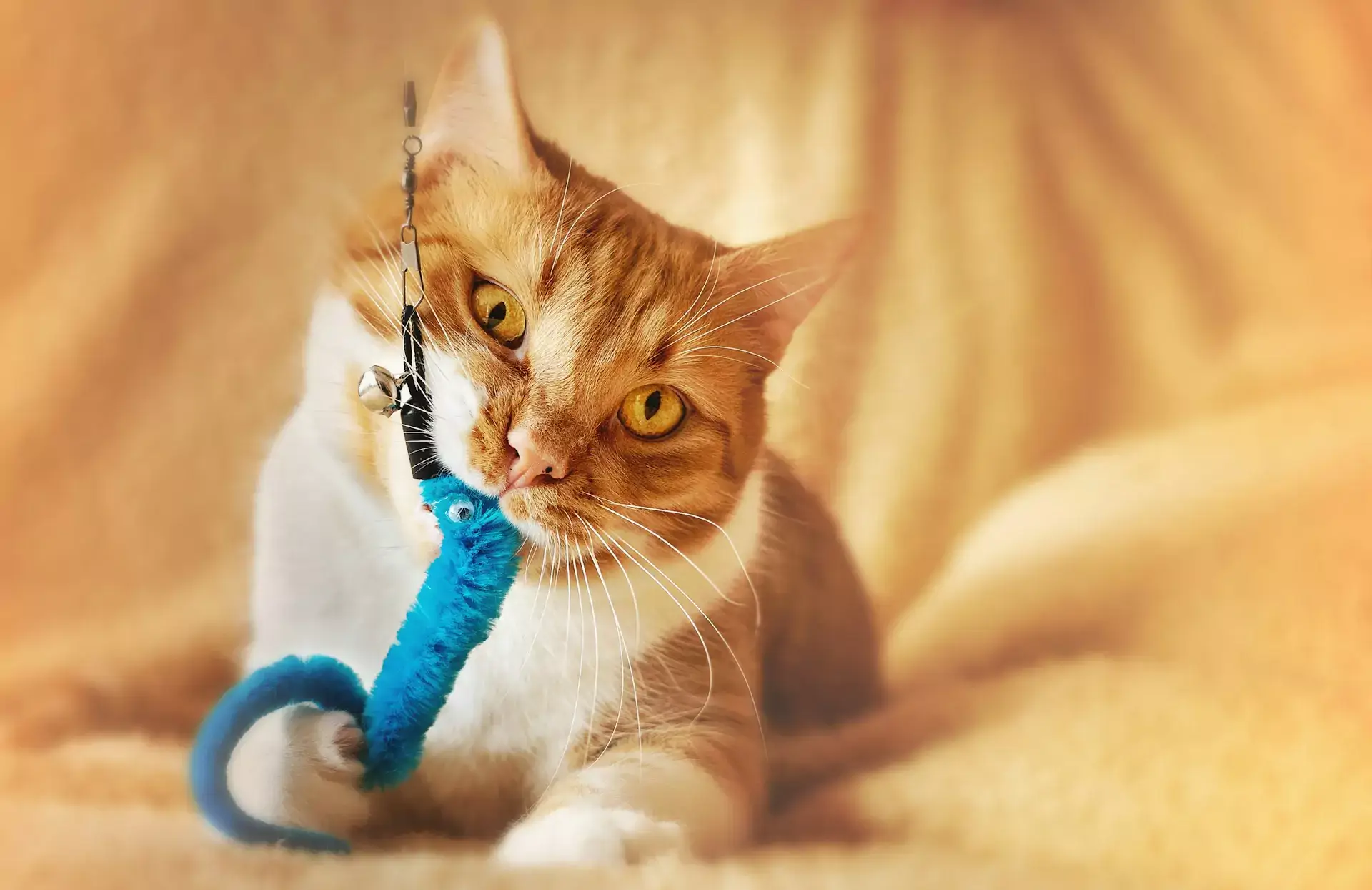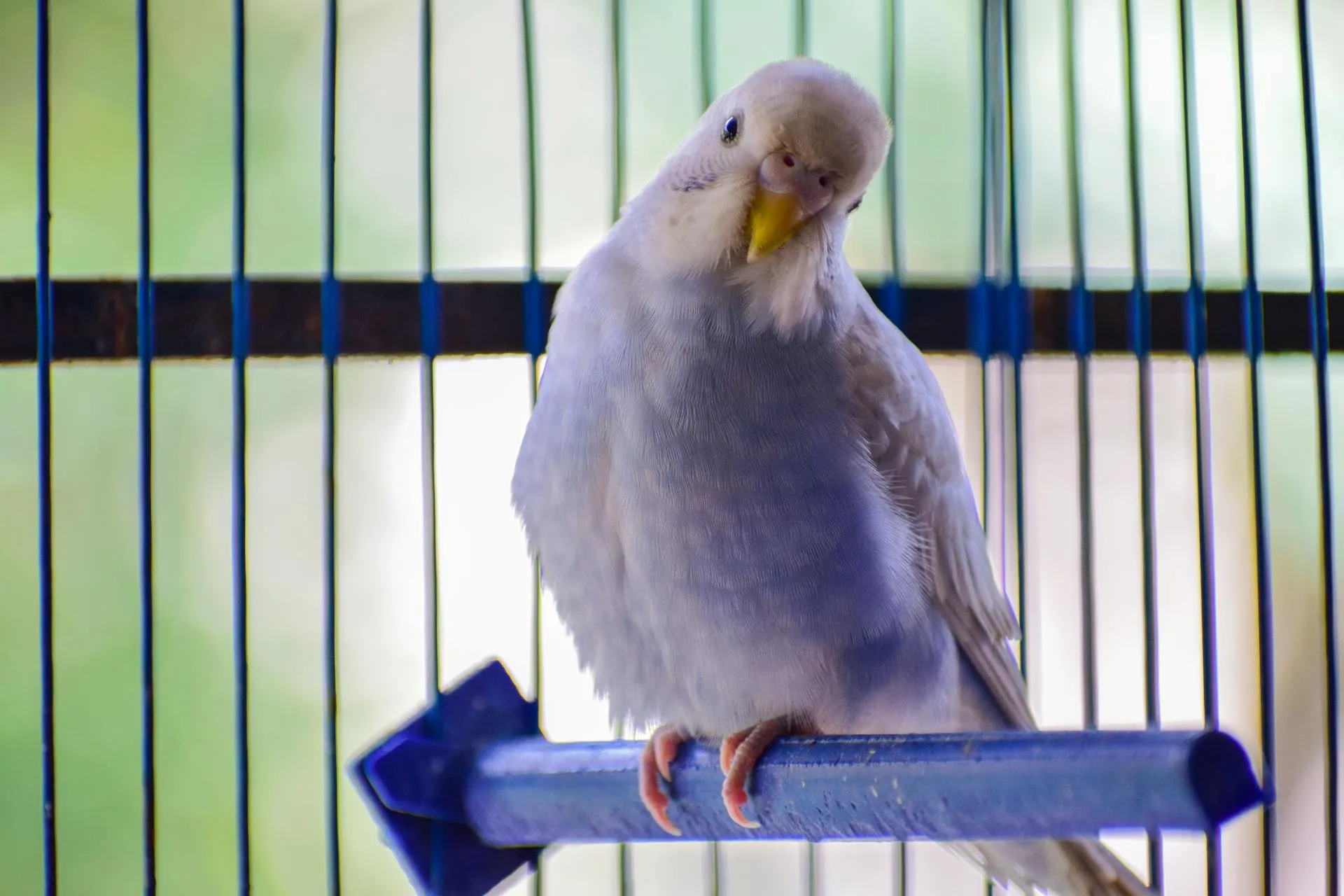Save A Frog Day is April 28! It wouldn’t be very shocking if you weren’t aware of this—Mother’s Day and Memorial Day are obviously far more well-known. While frogs may not exactly be stealing the limelight from Fido and Fluffy, they are both cute and beneficial. We are delighted to give our little amphibious friends a chance to shine. Continue reading as a local Galena, MD veterinarian delves into the fascinating world of pet frogs.
What is Save the Frogs Day?
Save the Frogs Day was created by the Save The Frogs organization in 2008. Dr. Kerry Kriger, an amphibian biologist, was the driving force. The goal, as you may have already guessed, is to help protect frogs by spreading awareness about the challenges they face and just generally shining some light on the importance of amphibians.
Save The Frogs Day has quickly become a global phenomenon, with over 1500 events held in at least 58 countries since it began.
What’s the Difference Between Toads and Frogs?
For many people, this topic is covered in school but easily slips from memory. Every toad is a type of frog, but not every frog is a toad. Frogs typically inhabit aquatic environments, while toads are more adapted to terrestrial habitats. Also, frogs lack the characteristic bumps found on the skin of toads.
What Pet Frogs Are Suitable For Beginners?
It is crucial to conduct thorough research prior to acquiring a pet. This is especially true considering the significant variations that exist among different frog species.
Here are some good starter frogs:
The Gray Tree Frog
This adorable frog is a small, nocturnal creature that is quite low-maintenance. It doesn’t require any specific humidity or temperature levels, although it does benefit from UVB light. It has a wide range of dietary preferences, but it prefers its food to be, well, still moving.
The American Bullfrog
This individual holds the remarkable distinction of being the largest frog in North America. These creatures can grow up to a whopping eight inches long. Incredible leapers, these creatures can cover an impressive distance of up to six feet in a single bound! This particular froggy isn’t the easiest to take care of. It needs a semi-aquatic habitat that will require daily cleaning.
The Pixie Frog
Despite its deceiving name, the Pixie frog ranks among the largest frogs on the planet. Actually, they come in second place after the Goliath frog, which can grow to be over a foot long. The Pixie frog can grow up to ten inches in size. It’s important to note that these animals require spacious habitats. The good news is that they are quite resilient and generally low-maintenance. With proper care, these critters have the potential to live up to 20 years. Similarly to many of our other patients, they have a tendency to be overweight.
The Amazon Milk Frog
These adorable tree frogs have a delightful combination of brown and white colors, complemented by their charming blue feet. Their name is derived from the milky substance they release from their backs when threatened. These can grow quite large, reaching up to 5 inches in size. They will require a reasonably sized enclosure that must always stay between 70 and 85 degrees Fahrenheit. It’s worth considering getting more than one Amazon milk frog, as they tend to be quite sociable creatures.
The PacMan Frog
This one hails from Argentina and earned his moniker due to his big mouth. Its vibrant colors, slightly grouchy appearance, and undeniable passion for food make him quite lovable. They require a fairly humid environment and have specific lighting needs. It’s worth noting that they thrive on live food, so it’s something to consider.
The White’s Tree Frog
The White’s tree frog is a popular choice among beginners due to its small size and low maintenance requirements. It can withstand a variety of temperatures, although it thrives best within the range of approximately 75 to 85 degrees. These individuals are renowned for their ability to maintain a composed and amiable demeanor. They’re also incredibly adorable!
Of course, no matter what type of frog you’re interested in, you should conduct a lot of study and acquire some particular care advice from your veterinarian.
Do Frogs Really Make Good Pets?
That ultimately depends on personal preference.
One great thing about frogs is that they require very little maintenance. Properly setting up their habitat is half the battle when it comes to their care. Once you have everything set up, you won’t need to do much for your little buddy on a daily basis. (Your frog also probably won’t have much on his agenda, either, but that’s okay.)
Watching frogs can be quite fascinating. Well, sort of. Some definitely sit around like bumps on logs. Literally. But they can be really cute bumps!
Here are some advantages of having a frog for a pet:
- Frogs will refrain from chewing your shoes or leaving hairballs on the rug
- Your pet will require no training
- No walks needed
- Their habitats can create visually stunning centerpieces
- They are quite affordable
- They don’t need training
What Are The Cons Of Having A Pet Frog?
One major concern revolves around their potential to carry salmonella. It’s important that you keep this in mind if your child is requesting a frog. You’ll need to make sure that your child washes their hands thoroughly before and after interacting with their pet.
Certain frogs require a diet of live bugs, so they might not be an optimal pet for those who are easily grossed out. They’re not known for being the most charismatic critters.
It’s worth considering longevity as well. Some of these guys can live to be 20!
Why Are Frogs Important?
Every living being, even those we find incredibly annoying, such as the mosquitos, has a crucial role to fulfill within their respective habitat. Frogs are incredible creatures that play a vital role in our ecosystem by consuming billions of insects annually and providing food for other animals. Over the past few years, the frog has assumed a significantly more significant role: acting as an indicator species for the well-being of their natural habitats.
Do Frogs Get Bored?
One might assume that boredom wouldn’t be a significant concern for a frog. Let’s be honest; certain frogs don’t really do much. Nevertheless, even the most laid-back pet requires some sort of amusement. Creating an engaging environment is crucial. Your pet will surely enjoy exploring branches, cozy hidey holes, and the lush greenery of plants and leaves. Ask your veterinarian for personalized guidance.
What Are Some Signs Of Illness In Frogs?
Frogs can be susceptible to a range of illnesses, such as parasites, viruses, chlamydiosis, thiamine deficiency, fungal diseases, mycobacteriosis, metabolic bone disease, and obesity. A novice may find it difficult to determine whether their small friend is ill. Some of these include lack of appetite, withdrawal, lethargy, prolapses, skin discoloration/lesions, and changes in droppings. However, every type of frog is a bit different. Ask your Galena, MD vet for specific advice.
What’s A Cute Frog Joke?
Why are frogs so happy? They eat whatever bugs them!
Make An Appointment At Our Galena, MD Animal Clinic!
Do you have any questions about taking care of frogs? Feel free to reach out to us, your Galena, MD animal clinic, at any time. We are always happy to help!







!Social Media Icons